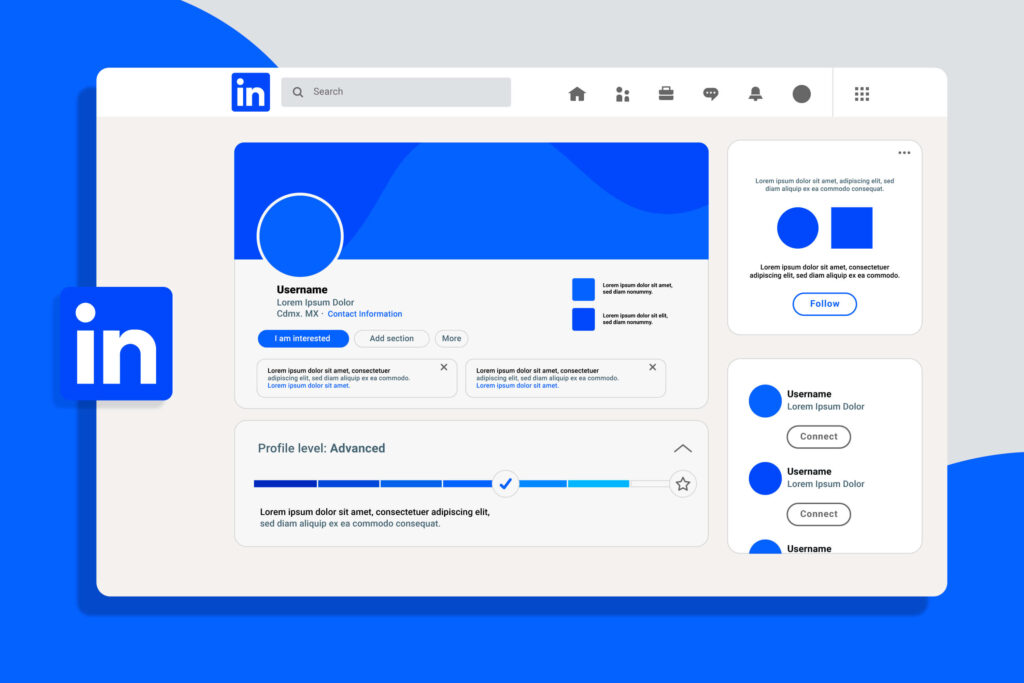In today’s fast-paced recruitment industry, organizations are constantly under pressure to deliver results faster, better, and more cost-effectively. Clients expect top-tier talent delivered within tight turnaround times, and internal stakeholders expect recruitment teams to function like well-oiled machines. Amid these expectations, one thing has become abundantly clear: Learning and Development (L&D) training is not a luxury—it’s a necessity.
A strong L&D program tailored specifically for recruiters not only sharpens their skills and enhances productivity but also plays a critical role in cost savings and long-term organizational success. Whether it’s fresher trainees stepping into recruitment for the first time or experienced professionals adapting to evolving trends, the right training bridges performance gaps, optimizes hiring timelines, and ultimately drives better ROI.
Training: The Foundation of Faster, Quality Hiring
One of the primary goals of a recruiter is to find and deliver the most qualified candidates in the shortest possible time. However, achieving this consistently isn’t just about speed—it’s about precision under pressure. Well-structured L&D programs give recruiters the tools they need to navigate this challenge efficiently.
A recruiter trained in the latest sourcing techniques, Boolean logic, market trends, and communication best practices is significantly more likely to fill open positions with the right candidates—faster. Training introduces structured workflows and proven methods, minimizing trial and error and cutting down the time it takes to move a candidate from initial contact to onboarding.
Tight deadlines are the norm in recruitment, especially in domains like tech or healthcare where demand often outweighs supply. Without training, recruiters may struggle to meet targets or end up submitting unqualified profiles just to meet deadlines. With proper training, they learn to prioritize, screen, and close more efficiently—enabling a higher number of successful placements in less time.
One Well-Trained Recruiter Can Replace Many Untrained Ones
Recruitment may seem like a scalable function where adding more people equals more output. But in reality, the quality of hires and turnaround time doesn’t scale linearly with the size of your recruiting team—especially when those team members lack proper training.
Hiring multiple recruiters with little or no training might seem like a quick fix, but it introduces inconsistency, communication errors, and longer onboarding periods. Moreover, without proper guidance, inexperienced recruiters often fail to identify the right candidates, resulting in increased back-outs, interview no-shows, and eventually client dissatisfaction.
On the other hand, a single well-trained recruiter can handle the workload of multiple untrained ones—delivering consistent quality, creating stronger candidate experiences, and managing pipelines with professionalism.
L&D also reduces the burden on managers and senior team members who would otherwise spend significant time correcting mistakes or micromanaging. Investing in training is a one-time cost with long-term dividends, while poor performance due to lack of training results in repeated losses—be it in terms of time, reputation, or client trust.
Reduced Hiring Costs Through Better Productivity
Let’s talk numbers. Hiring is expensive—not just because of salaries, but also due to hidden costs like candidate dropouts, client dissatisfaction, delays in delivery, and the time spent in reworking substandard submissions.
L&D programs directly impact hiring costs by improving recruiter performance and reducing the margin of error. Trained recruiters:
- Source more qualified candidates per hour.
- Increase submission-to-interview ratios.
- Reduce time-to-fill.
- Improve candidate engagement, leading to fewer offer drops.
- Minimize back-and-forth with clients due to better requirement understanding.
Each of these translates into monetary savings. For example, reducing the time-to-fill by even a few days can have a major impact on project timelines, billing cycles, and client satisfaction—particularly in contract staffing.
Companies that view L&D as an operational investment rather than an overhead quickly realize that a smaller, smarter team consistently outperforms a larger, less skilled one.
Enhancing Candidate and Client Experience
Recruiters are often the first human interaction a candidate has with a company—and the first impression matters. Poorly trained recruiters may lack communication skills, knowledge of job roles, or cultural awareness (especially important in international hiring like US recruitment). This can lead to miscommunication, confusion, or even damage to the company’s employer brand.
With proper training, recruiters are not only taught how to source and screen but also how to represent the brand professionally, create rapport, manage expectations, and offer a seamless candidate experience.
The same holds true for clients. Trained recruiters know how to gather and clarify requirements, provide market insights, and communicate proactively, making them trusted talent partners rather than just order takers.
Adapting to Market Changes
The recruitment industry is dynamic. Job roles evolve, new tools emerge, candidate behavior shifts, and market conditions fluctuate. An untrained or stagnant team may struggle to keep up with these changes.
This is where continuous L&D becomes essential. A culture of learning ensures that recruiters stay updated with:
- New sourcing tools and platforms.
- Changing job market trends.
- Automation and AI tools in recruitment.
- Evolving candidate expectations (e.g., remote work, flexible schedules).
- DE&I (Diversity, Equity & Inclusion) best practices.
Recruiters who are constantly learning are more agile, informed, and confident in managing change.
Conclusion: Train Them Right or Pay the Price
In essence, L&D training is not just about knowledge transfer—it’s about performance enablement. It equips recruiters with the skills, confidence, and mindset to deliver better results in less time and with fewer resources.
For recruitment leaders and business heads, this translates to:
- Faster and more qualified submissions.
- Lower cost-per-hire.
- Stronger client and candidate satisfaction.
- A lean, high-performing team that scales sustainably.
At a time when every hour, hire, and dollar counts, investing in a robust recruitment training program isn’t just smart—it’s strategic.






